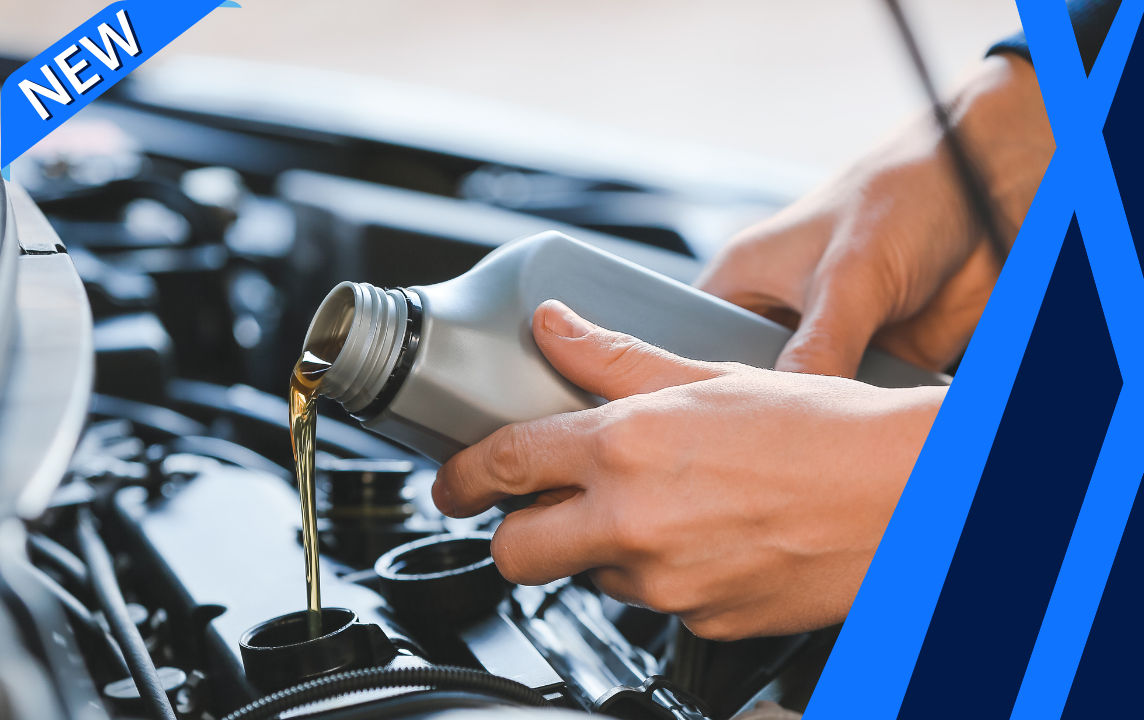Description
Ignition Switch Replacement
What is the Ignition Switch all about?
The ignition switch, located on the steering column or in the dashboard, takes the power from the battery and directs it to all the accessories and electrical components of your car. It also transfers the power to the starter when you turn the ignition key. If the starter does not receive power from the ignition key, the car will not start. When the ignition switch goes bad, your car may not start and the accessories (lights, radio, etc.) may not work. Replacing an ignition switch can be as simple as removing a few screws to access the ignition switch, or as complicated as removing the whole steering column.
Keep in mind:
- After an ignition switch is replaced, all electrical components should be checked to ensure proper operation.
How it’s done:
- Check the condition of the ignition switch.
- Remove and replace the ignition switch if it is bad.
- Verify operation of electrical components.
Our recommendation:
The battery feeds power to the ignition switch, so it is important for the ignition system that the battery is in good condition. Don’t put too much weight on your key ring because this can damage the key and the tumbler part of the ignition switch. If there is no power inside the car (none of the electrical components is working), have the mechanic inspect the main fuses. If the fuses are good, then the mechanic should inspect the ignition switch and other electrical components.
What common symptoms indicate you may need to replace the Ignition Switch?
- The car may not start.
- The car starts then dies.
- Some electrical components may not work (radio, clock, lights, etc.).
How important is this service?
The ignition switch serves to send power from the battery. When you turn your key to turn on your vehicle, the ignition switch takes power from the battery and sends it to the starter, which allows your vehicle to turn on. When you turn on any electrical components in your vehicle (such as your lights, radio, and air conditioning), the ignition switch draws power from the battery and sends it to these electrical components to power them. When your ignition switch stops working, your starter and your electrical components have no way of drawing power from your battery. With a faulty ignition switch, you won’t be able to use your radio, lights, or air conditioning, and you won’t be able to turn on your vehicle. In extreme cases, a broken ignition switch won’t allow you to turn your vehicle off, even if you remove the key.




